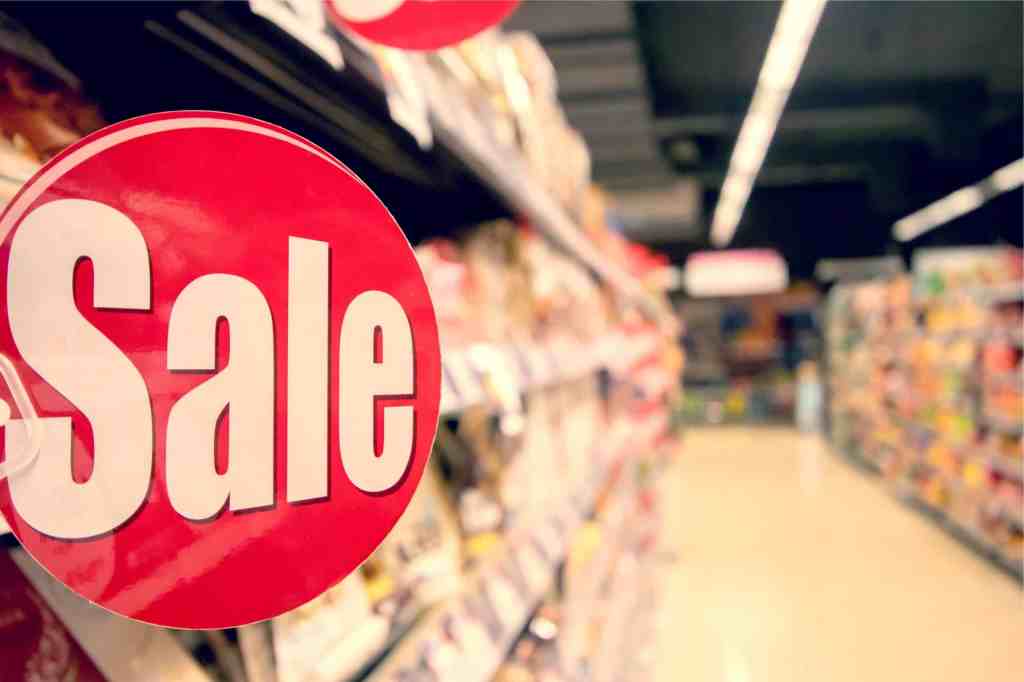Hard Discounters are changing the grocery retail landscape. Led by German giants Aldi and Lidl, the global expansion of the hard discount format is introducing shoppers around the world to smaller assortments, a stripped-down store experience, and rock-bottom prices.
Traditionally, hard discounters have shied away from introducing customer loyalty programs. In a business model that is driven by ruthlessly cutting costs at every turn, rewards programs were seen as an unnecessary frill.
But times are changing. With the advent of big data and the ability to deliver one-to-one customer personalization, it might be time for hard discounters to think about getting into the loyalty game. Here are six reasons a personalized rewards program just might make sense for Hard Discounts.
1.Make Every Dollar Count
The economics of traditional customer loyalty programs simply don’t make sense for discounters. Hard discounters simply cannot afford to give customers a percentage of all their purchases as points or cash back. (If they could, they would be better to invest in further reducing prices.)
But the beauty of the personalized model is that you can be much more focused in allocating your investment. You could never launch a mass market loyalty program where everyone earned 0.1% off their purchases – the offer is not valuable enough. But you can set aside 0.1% of your revenue to invest in personalized offers and still make an impact. By carefully selecting a subset of the most strategic customers and giving them compelling value on their favourite items, you can make sure every dollar you invest has maximum impact.
2.Be the Only Game in Town
If you are a traditional supermarket, chances are all your competitors have rewards programs as well. But for hard discounters this is not usually the case. Being the first hard discounter in your market to offers personalized rewards will put tools at your disposal that you competitors just don’t have. This can be a huge advantage.
3.Delight Price-Savvy Shoppers
As a hard discounter, you know that one of the core attributes of your customers is that they are motivated by savings. They have given up the comforts of broad selection, wide aisles, and shorter checkout lines in favour of one thing: low prices. If personalized discounts work well in a traditional supermarket context, think how much more impact they will have with price-conscious hard discount customers.
4.Deliver Lower Lows
A key part of any hard discounters strategy is to deliver rock-bottom prices on key items. You know that any time a competitor goes to market with a new low on a popular item, you need to respond. But imagine the power that 1-to-1 communication gives you to hit lower lows than ever before. You might not be able to afford to go lower for all customers. But with 1-to-1 communication, you have the option to create an extremely hot deal for a small set of select customers – maybe your highly loyal shoppers. This can let you push prices into territory these customers have never seen before.
5.Control Your Offer Bank
One of the biggest challenges in getting any personalization program up and running is Building an offer bank that is deep enough to support true customer personalization. In a traditional format, where you might have as many as 100,000 SKUs, getting good coverage of your assortment can be a real challenge. The limited assortment of the hard discount is a real benefit here. You can have a smaller offer bank and still deliver great coverage for the most important items and categories.
6.Stay Below the Radar
Hard discount is a tough, competitive business. Every move you make is closely watched – and often matched – by competitors. This can sometimes create a “race to the bottom” effect, where competitors push each other until margins are razor-thin and no one wins. Personalization lets you take a step back from this game. With all communications going through private channels such as email, apps, or SMS, it is impossible for competitors to monitor what you are doing. Even if they sign up for your offers, they will only know what they are getting – they still have no way of seeing your overall strategy or investment.

Hard discounters need to protect their economic model and keep costs low. But if it is done right, the advantages of introducing personalization can be significant. Discounters who give the idea a second look just might discover it is an idea whose time has come.




